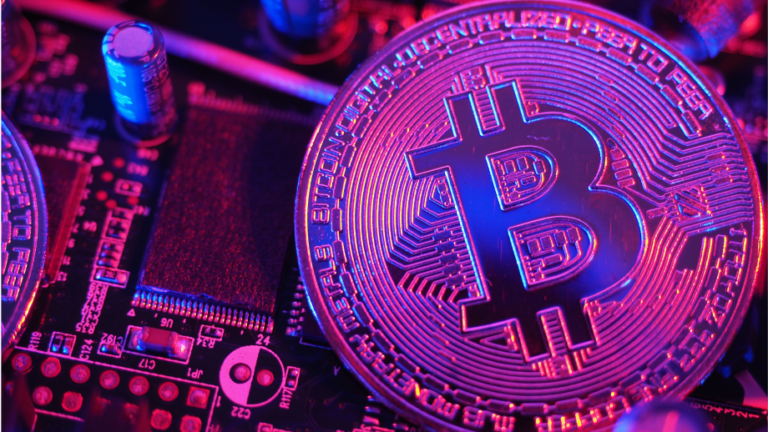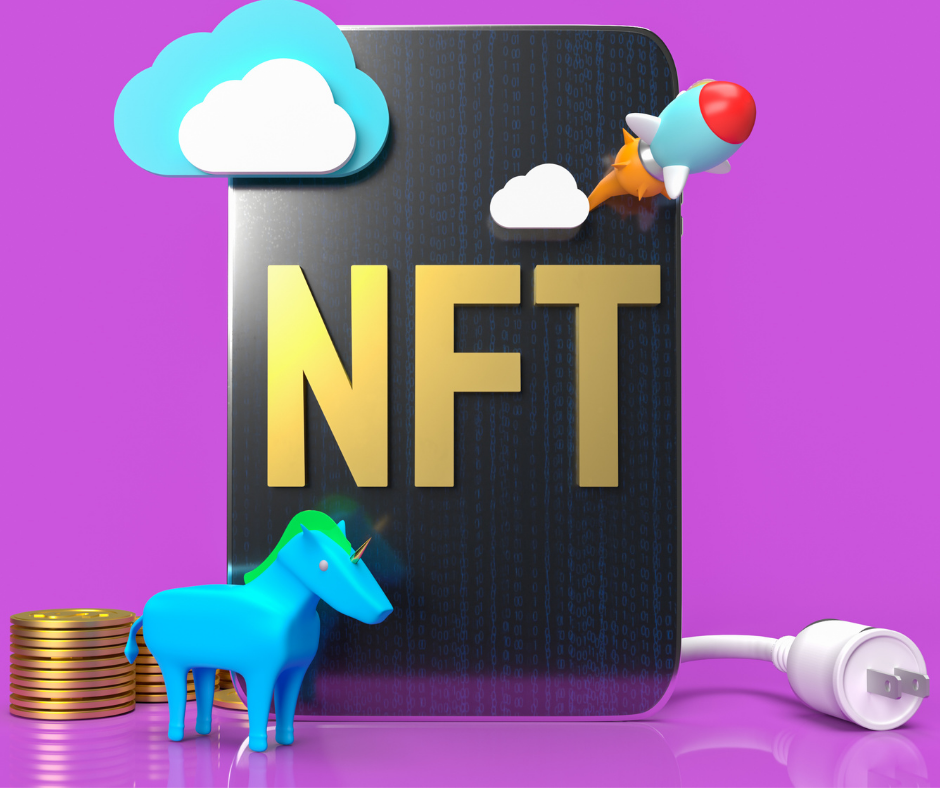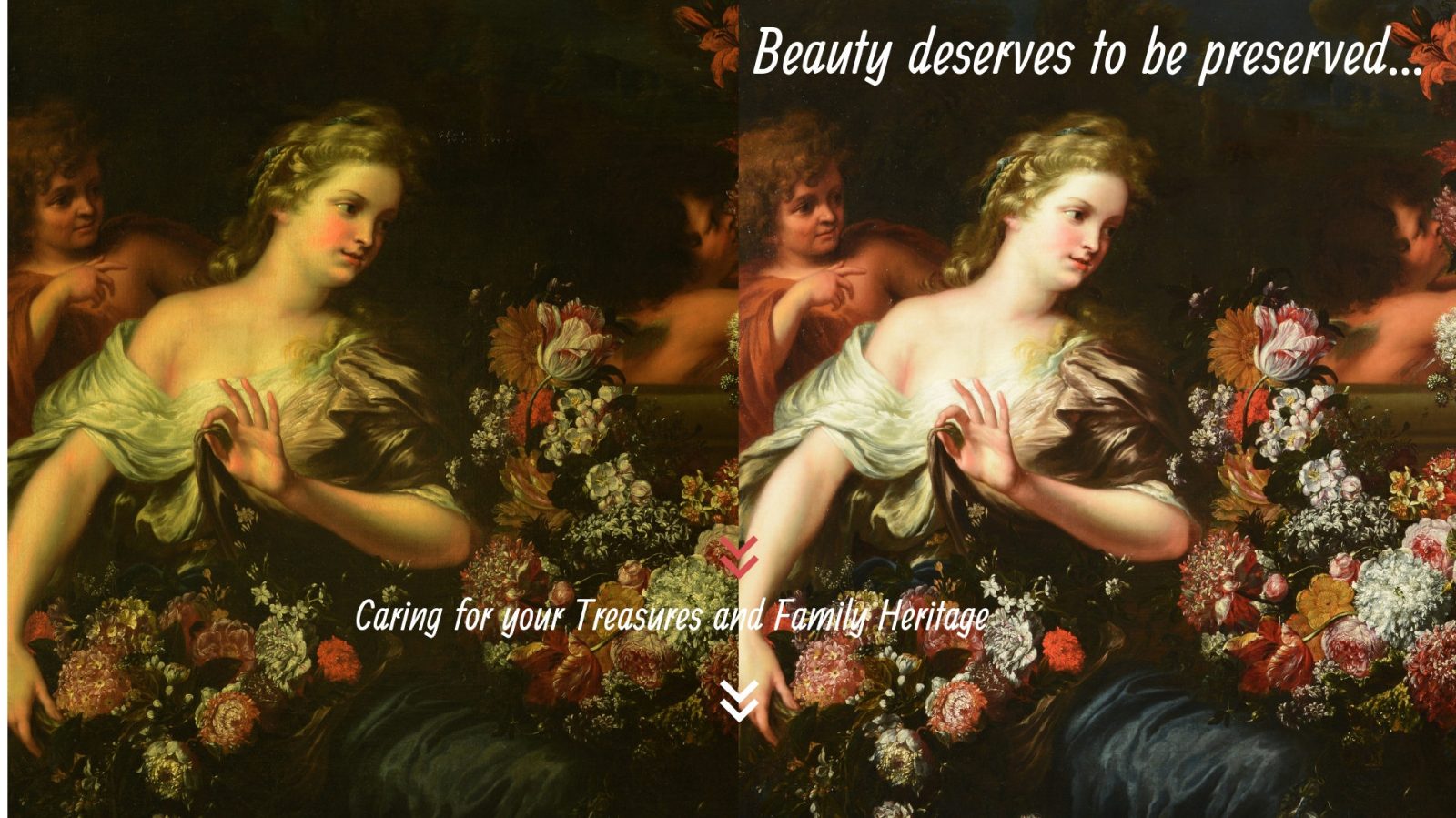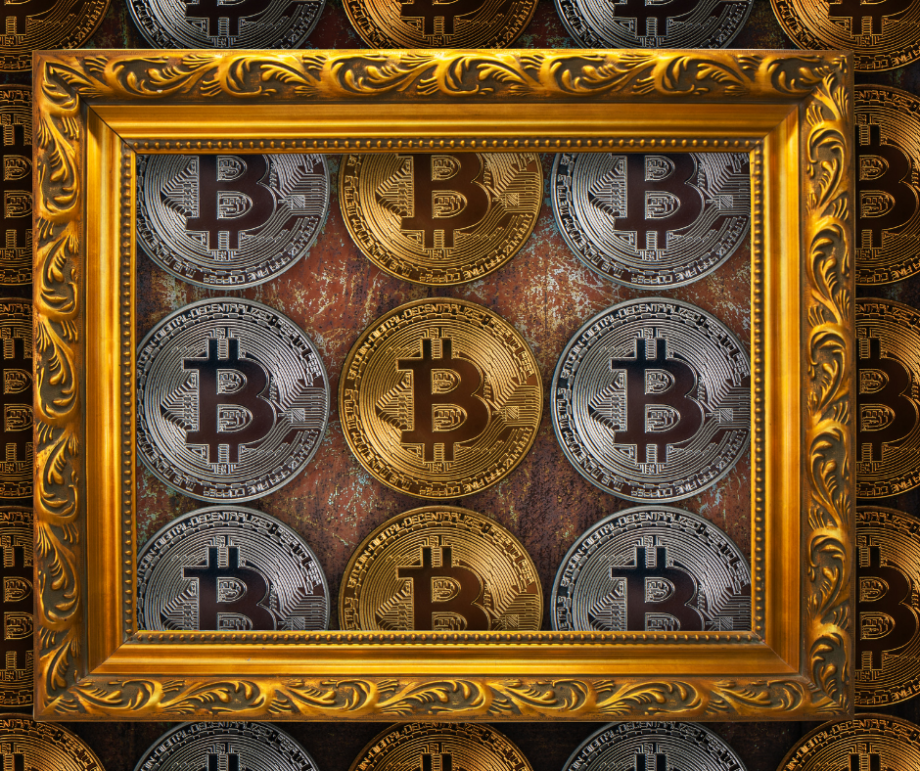The latest sensation to hit the art world in decades isn’t an artist, some would say it isn’t even really art. It’s NFTs, and they’re transforming creators, curators, and online traders into serious investors with multi-million dollar portfolios almost overnight.
“What in the world is an NFT?” you may ask.
The answer to that question is simple and complicated at the same time. More relevant queries might be “What are the implications in the art world for investing in NFTs?”, and “What is their impact on artists, curators, and society at large?”
But, let’s start with the basics and work our way up.
What is an NFT?

The short answer is that NFTs are non-fungible tokens. That means although they can be replicated, they are unique in that they can’t be traded one-to-one for an identical unit like fungible assets, such as barrels of oil or a cup of sugar.
If you borrow a cup of sugar, you would likely get an identical cup of sugar in return. One barrel of oil is identical to another. When you buy an NFT, you gain exclusivity via a digital certificate. One NFT cannot be traded for another, just as one painting or sculpture can’t be replaced by another. You can obtain a reproduction or a painting with the same subject
matter. But, only one owner or group of investors at a time will ever have rights to the original work.
But, is it art?
There’s a line of thinking which dictates that art, like beauty, is in the eye of the beholder. In the past, art collectors – and not a few critics – have been aghast when creators like Picasso subverted expectations or broke with tradition and deconstructed norms. Movements like abstract expressionism left people scratching their heads and asking “Is that art?” or declaring that their five-year-old could do just as well.
Art is about tradition, but it is also about progression. Since the dawn of the modern age, artists have sought to stretch boundaries, make a statement, or stir controversy. Good art, whether it is to your taste or not, facilitates discussion. It stirs emotion and makes you feel something, even if that something is anger or disgust. Technology also makes art – and artists – more accessible to the public, and it changed the ways artworks are created and shared.
Some say that’s progress, but others would disagree.
The problem with NFTs is that they aren’t tangible objects that you can put in a gallery or hang on your wall. They are digital assets that exist solely in cyberspace. The owner of that asset holds exclusive rights to the unique representation of that asset, and they have that ownership locked into a blockchain.
Non-fungible tokens themselves are not art. They are unique digital signatures that are attached to visual or auditory assets, such an image or a piece of music.
So, what makes NFTs valuable?
That’s an interesting question. Many wonder how a digital, animated representation of a cat, such as CryoptoKitties, could generate $32 million dollars in revenue over the course of a few months, or in some cases, hours. Why was the CEO of Twitter able to sell an NFT of his first tweet, something which has existed online for all to see since the platform first went public, for close to $3 million?
Is the rise of NFT ownership a fad, a flex, or a legitimate form of art collecting/investment?
How Art is Valued

The value of art lies mainly in its aesthetic appeal and historical impact, but it is also determined by scarcity and its perceived worth as determined by the public, galleries, critics, and the artists themselves. A work or an artist gets a lot of press attention, and the demand for the art, as well as its monetary value, increases. A historic relic is said to be priceless due to its age and rarity. An artist dies or retires, and the value of their work increases due to scarcity.
Non-fungible tokens are valuable for some of the same reasons original works of art or collectibles are valuable. First of all, there is a public demand for these tokens that is generated by the massive attention and scrutiny. Second is the element of scarcity and exclusivity, which is supported by the technology used to create NFTs.
Blockchains are digital databases that record and track the movement of all assets, or nodes, attached to a particular chain. Blockchain technology preserves the value of non-fungible tokens in the same way that it protects cryptocurrencies. Each block in the chain of technology bears a unique stamp or signature.
When a new link is added to the chain, the other nodes participating in that chain “recognize” it as unique and verify its existence. When ownership changes hands, all participating nodes must verify and acknowledge that transaction. This process is what makes blockchain technology so secure.
Much like fingerprints, there can be only one unique digital signature per asset. That’s why it doesn’t matter if someone right clicks on an image and downloads or shares it online. The blockchain attached to that asset will detect a duplicate and reject the reproduction, rendering it valueless.
The actual monetary value of the asset in terms of investment is then determined by its desirability on the open market. Regardless of how many copies exist, the owner of that digital signature is the only one who can benefit financially from the perceived market value of the asset.
The Impact of NFTs
Converting artwork into non-fungible tokens allows individual artists more granular control over sales and distribution of their works. They can cut out the middleman – galleries and dealers – and offer their work straight to the collector. Artists no longer need to prove their worth in order to get a show. Emerging creators are able to reach wider audiences and build a following, which increases their marketability when it comes to selling physical works.
What’s more, the traceable nature of these tokens allows the artist to see who owns their NFT, when it

was sold and to whom, and get a percentage of each sale. This is similar to recording artists getting a royalty each time one of their songs is played in public.
Collectors get bragging rights, and there’s always the possibility of a big payoff if they bet on the right asset. There are many investors sitting on a pile of tokens that are flatlining in terms of market value, the digital equivalent of Beanie Babies, but with a much larger potential ROI.
The big winners, at least in terms of steady, guaranteed revenue, are the digital platforms that convert the tokens and offer them for sale in online “galleries”. However, creating a token isn’t as simple as uploading an image to a digital platform.
Non-Fungible Tokens and Artists

The issue with NFTs as they impact artists is still one of accessibility. The availability of this technology allows artists more robust control over art sales and engagement between artists and collectors/buyers. It also allows digital artists an opportunity to earn respect – and financial compensation – for an art form that has been met with little respect and credibility in the past.
But, they may be trading one middleman for another. This is not a DIY endeavor. At least not yet.
The process of creating a non-fungible token from a text, image, or video file is called minting, and it requires some level of technical knowledge to achieve. Creators find an online platform that deals in NFTs, pays a fee of anywhere from $50 – $200 per file to upload their file and have it added to the blockchain and wait for it to be auctioned off in a process that’s similar to how eBay operates. The platform operators typically take 10 – 15 percent of each initial sale.
Almost anything that can be minted and categorized with a digital signature can become an NFT. That includes mp3s, gifs, JPEG files, and some video game skins. However, the potential of this technology extends beyond arts and entertainment, and it’s poised to become a game-changer in terms of branding. The market for NFTS netted over $200 million in 2020, a figure that was topped in the first quarter of 2021 alone.
The Downside of NFTs

As with any trend that generates insane profits in a short period of time, there’s going to be some shenanigans and a lot of confusion until the bloom is off the rose.
Right now, the market is driven by excitement. People see headlines about seemingly worthless pieces of art that look like they were created in MS Paint garnering millions at auction, and they want in on the action.
This is creating a sort of feeding frenzy as dilettantes, novices, and opportunists scramble to get their slice of the pie.
Dealers are artificially inflating the value of NFTs in their collection, and then taking the money and disappearing into the ether in pump-and-dump schemes. Fake startups are bilking investors for platforms that never materialize.
Then, there’s the environmental impact of creating non-fungible tokens.
On average, mining Ethereum, the blockchain that’s used to mint NFTS, consumes about 26.5 terawatt-hours of electricity a year. That’s enough power to service a small country. The problem is that the servers using this resource are often run on fossil fuels and contribute to the problem of global warming.
One study found that creating each new NFT consumes the same amount of power used to run a refrigerator for one month, about 35 kWh. Once minting, bidding, and other activities are added to the process, that consumption jumps to more than 300 kWh. Another researcher estimated that the amount of power used for an artist to mint and auction just two works emitted the same level of greenhouse gas emissions as the average household does over a span of 49 years. Multiply those numbers by the current energy consumption of minting all cryptocurrencies and NFTs, and you can imagine the potential outcome of doing nothing to fix the situation.
As yet, the full environmental impact is unknown. Some platforms vow to find more environmentally friendly methods of generating these tokens, but there hasn’t been any progress on that matter.
The Future of NFT Investing
Some believe that the rise of NFTs democratizes art investing in the same way that online trading has democratized traditional stock market investing. It makes it possible for rising or unknown artists to obtain real value for their work rather than spending their lives as starving artists waiting to be discovered. Investing is also more accessible because the technology and the assets are accessible to the general public rather than existing solely in the rarified atmosphere of galleries and private collections.

In general, the value of NFTs depends in part on which side of the equation you’re on and your intentions for getting into this market. If the cost of minting and mining them drops – and most tech costs do after time – and the environmental impact can be contained, this can be an option for artists who want more control over the business end of their art. They can be good for showcasing and investing in art. Speculative investors who are just jumping on the latest trend in the hopes of finding a digital pot of gold face much more volatility and financial risk.
At Stella Art Conservation, we believe that NFTs are here to stay, and their use will certainly evolve. So we asked Josh Lida, Art Lawyer and NFTs specialist to give his opinion:
“NFTs have completely upended the art market and look poised to do so even more as time progresses. As an art attorney who often helps also newer artists, this presents a fascinating and potentially life-changing option for them. Not only can artists create their own brand online by themselves and curate it, but there is also a thriving collector culture that encourages communication between collectors and artists. There are already well-capitalized and influential collectors in the space who have an impact like branded collectors in the traditional art world. Additionally, NFTs allow for experimentation with the disbursement of intellectual property rights. Traditionally, artists maintain their exclusive rights under copyright to a work when it is sold. However, many collectors actually want to obtain the IP rights to the work. NFTs can potentially help simplify this process as standards for art sales through NFTs proliferate going forward. In August Alibaba launched an NFT marketplace just for tokenized copyright licenses.


